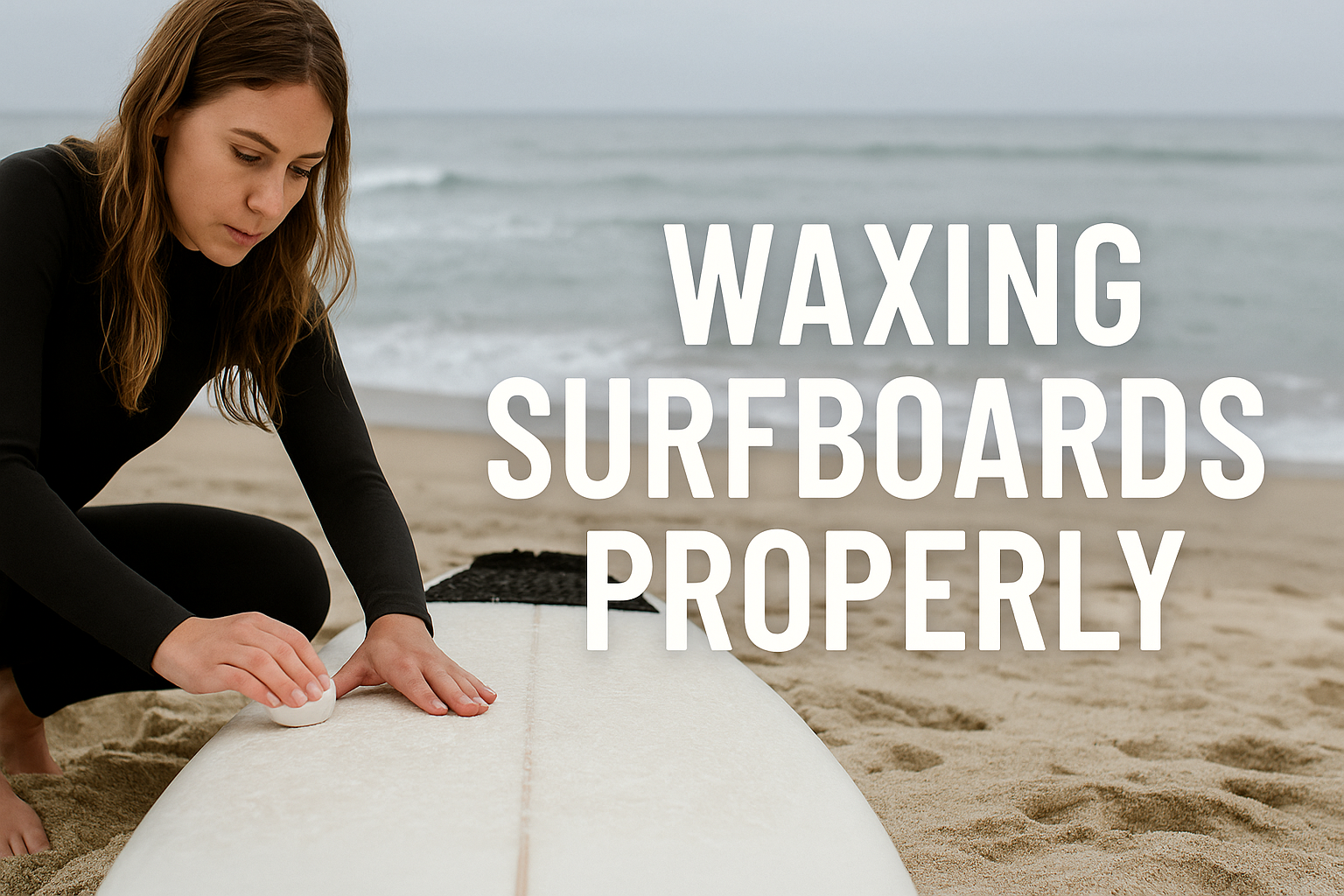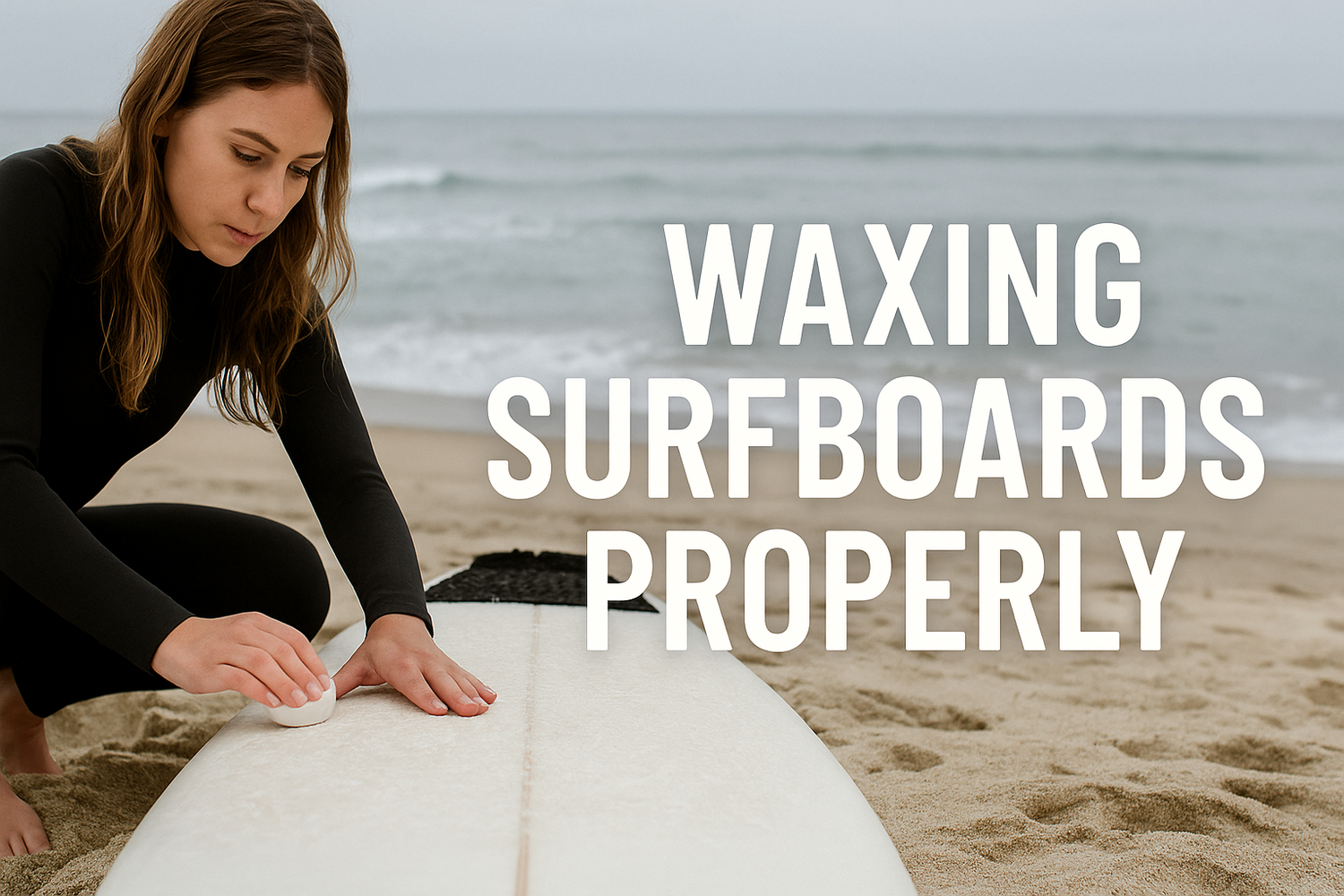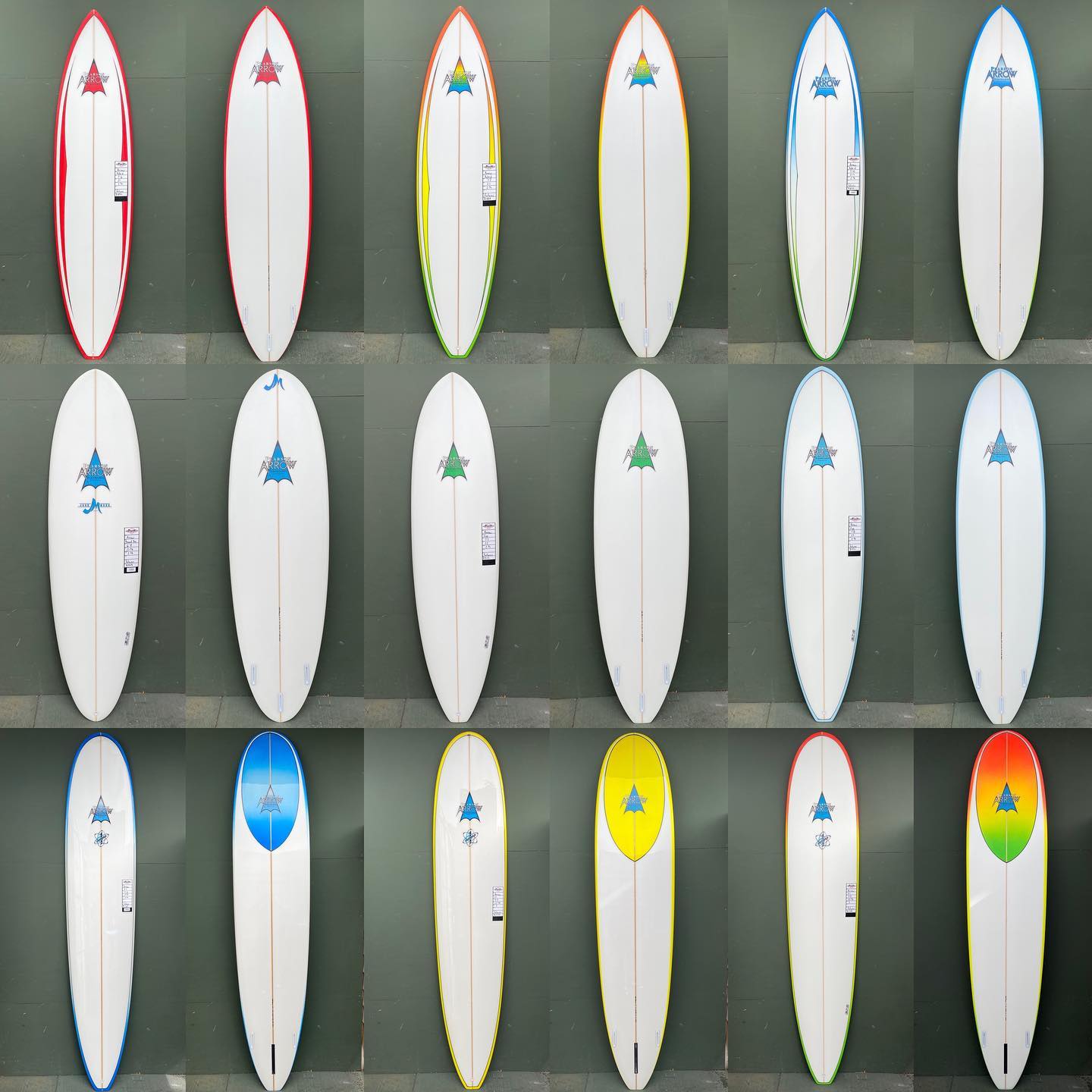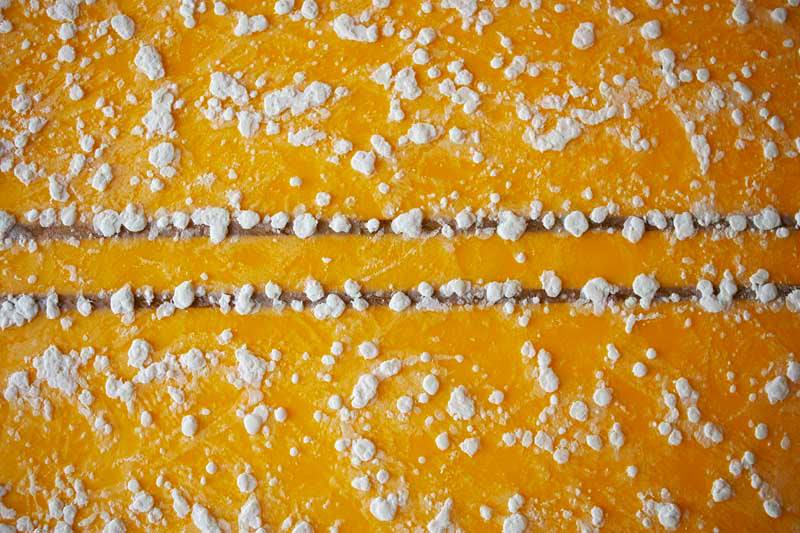Waxing your surfboard is more than just a daily ritual—it’s essential to getting the most out of your board in the water. Whether you’re a seasoned surfer or a grom catching your first waves, knowing how to wax your board properly will make a big difference in your surfing.
Why Proper Surfboard Waxing Matters
Surfboard wax provides traction, so your feet can grip the board during maneuvers and rides. A poorly waxed surfboard means slips, loss of balance and reduced surfing efficiency.
Step-by-Step Guide to Surfboard Waxing
Step 1: Clean Your Board
-
Remove old wax using a wax comb or scraper.
-
If necessary, use wax remover or a gentle solvent to get rid of remaining residue.
-
Wipe your board clean and dry before applying new wax.
Step 2: Choose the Right Wax
-
Surf wax types vary with water temperature:
-
Cold water wax (below 60°F/16°C)
-
Cool water wax (58-68°F/14-20°C)
-
Warm water wax (64-74°F/18-24°C)
-
Tropical water wax (above 75°F/24°C)
-
-
Match your wax to your surf conditions for maximum traction.
Step 3: Apply the Base Coat
-
Use hard wax for the base coat to create a long lasting foundation.
-
Apply with firm pressure in a cross-hatch or circular pattern.
-
Create visible bumps for maximum grip.
Step 4: Apply the Top Coat
-
Use softer, temperature specific wax for the top coat.
-
Lightly apply over the base coat in circular or diagonal strokes.
-
Make sure to cover the whole deck, focusing on the areas where your feet will be.
Common Waxing Mistakes to Avoid
-
Applying wax over dirty or old wax: Uneven, slippery surface.
-
Using wrong wax for the water temperature: Reduces traction and effectiveness.
-
Applying wax too thin or too thick: Find the balance; bumps should be visible and evenly distributed.
Tips to Maintain Optimal Wax Grip
-
Comb your wax before each session to maintain texture.
-
Clean your board and reapply fresh wax periodically.
-
Store your board in a cool, shaded area to prevent wax from melting and degrading.
Now go surf!






